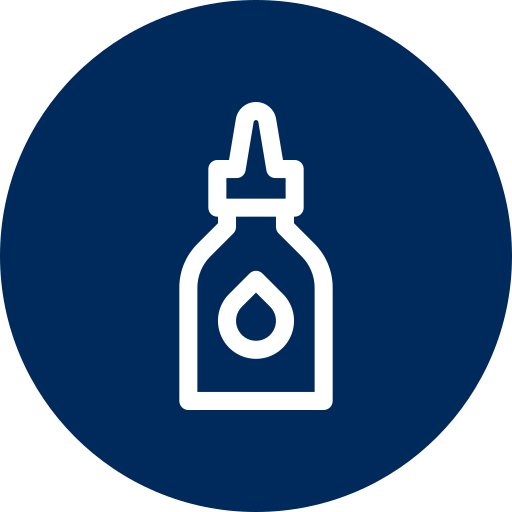Testing that Reaches the World
ASTM D5800 - Noack Volatility
Significance and Use
5.1 The evaporation loss is of particular importance in engine lubrication. Where high temperatures occur, portions of an oil can evaporate.
5.2 Evaporation may contribute to oil consumption in an engine and can lead to a change in the properties of an oil.
5.3 Many engine manufacturers specify a maximum allowable evaporation loss.
5.4 Some engine manufacturers, when specifying a maximum allowable evaporation loss, quote this test method along with the specifications.
5.5 Procedure C, using the Selby-Noack apparatus, also permits collection of the volatile oil vapors for determination of their physical and chemical properties. Elemental analysis of the collected volatiles may be helpful in identifying components such as phosphorous, which has been linked to premature degradation of the emission system catalyst.
1. Scope
1.1 This test method covers four procedures for determining the evaporation loss of lubricating oils (particularly engine oils). Procedure A uses the Noack evaporative tester equipment; Procedure B uses the automated non-Woods metal Noack evaporative apparatus; Procedure C uses Selby-Noack volatility test equipment, and Procedure D uses the Noack S2 test equipment. The test method relates to one set of operating conditions but may be readily adapted to other conditions when required.
1.2 Noack results determined using Procedures A and C provide equivalent results and Procedures B and D provide equivalent results. However, A/C compared to B/D show consistent differences. Procedure A/C give slightly lower results versus Procedure B/D on formulated engine oils, while Procedure A/C give higher results versus Procedure B/D on basestocks.
1.3 The values stated in SI units are to be regarded as standard. No other units of measurement are included in this standard.
1.4 This standard does not purport to address all of the safety concerns, if any, associated with its use. It is the responsibility of the user of this standard to establish appropriate safety, health, and environmental practices and determine the applicability of regulatory limitations prior to use.
1.5 This international standard was developed in accordance with internationally recognized principles on standardization established in the Decision on Principles for the Development of International Standards, Guides and Recommendations issued by the World Trade Organization Technical Barriers to Trade (TBT) Committee.
Extracted, with permission, from ASTM D5800 - 18 Standard Test Method for Evaporation Loss of Lubricating Oils by the Noack Method, copyright ASTM International, 100 Barr Harbor Drive, West Conshohocken, PA 19428. A copy of the complete standard may be purchased from ASTM International, astm.org
